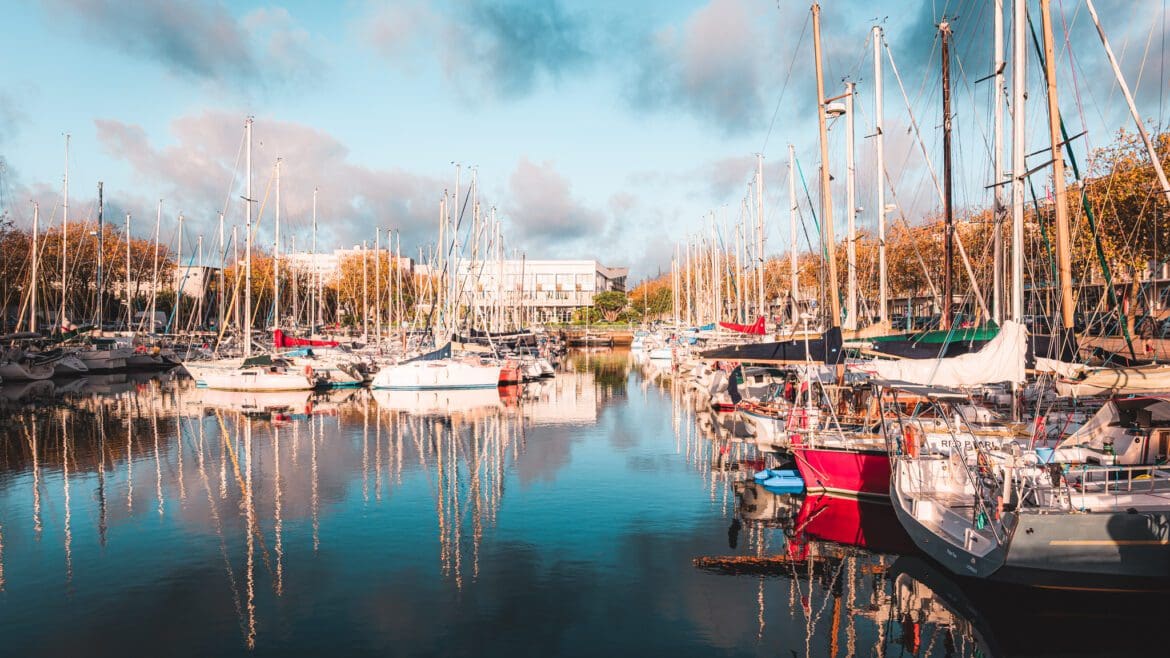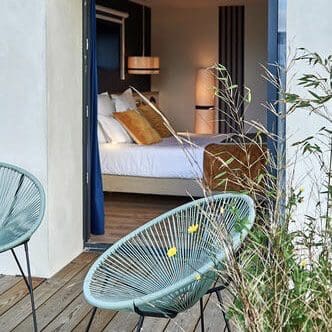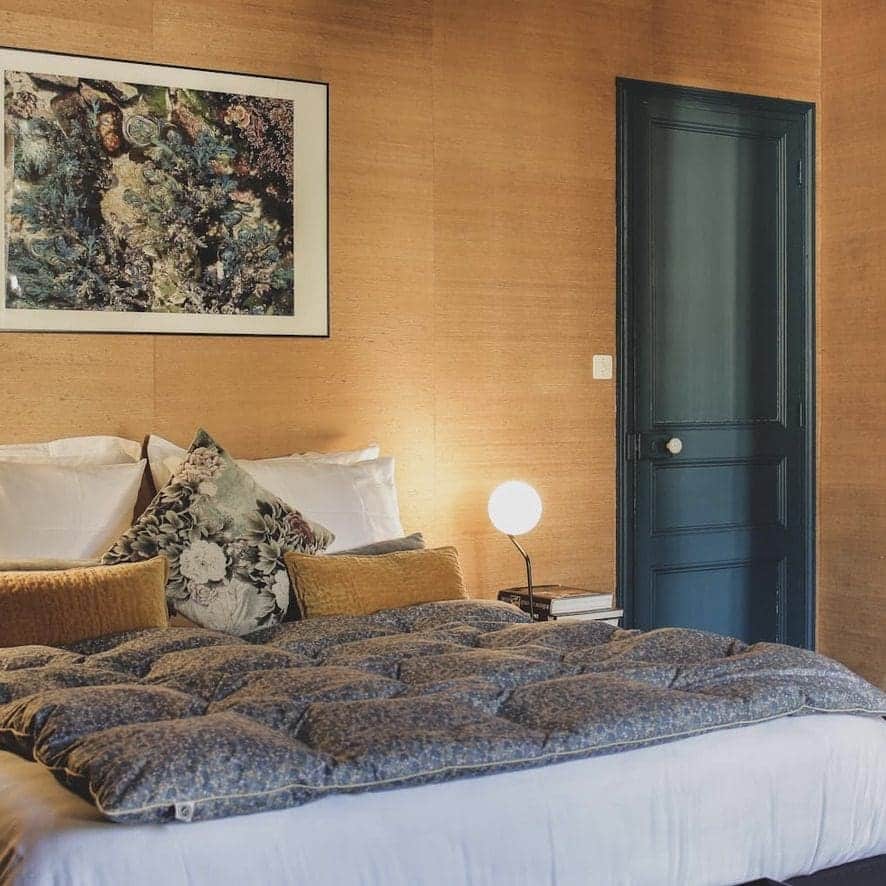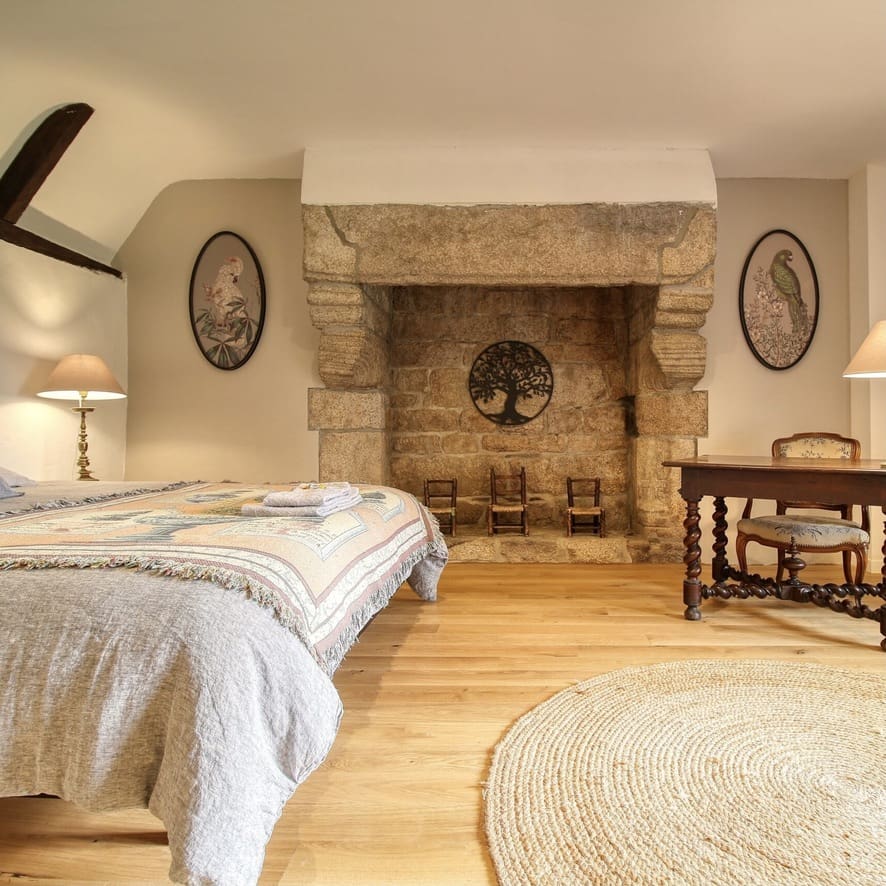Photos by Teddy Verneuil – Text by Nicola Clark
For those drawn to the roar of the waves and the invigorating sea air, Brittany’s coast beckons. This is a region rich in contrasts, with its jutting granite cliffs, sprawling turquoise beaches, tranquil coves and fertile estuaries. Nestled among the natural splendor are scores of vibrant towns and villages that brim with seafaring tradition, fine art, architectural splendor and – of course – delicious food.
If France’s far-west doesn’t often feature on the itineraries of foreign visitors, it’s partly because it can take so long to get to: Finistère – the department that juts deepest into the Atlantic Ocean – literally derives from the Latin phrase “end of the earth.” Those willing to make the journey, however, will be rewarded by its dazzling landscapes and charmed by the richness of Breton life, history and culture.
Lorient, a four-hour journey by TGV train from Paris, is a convenient gateway for discovering this enchanting region. Founded in the 17th century, Lorient – in the department of Morbihan – served as a major port of the French East India Company, which traded in textiles, porcelain and exotic spices. Thanks to its strategic location, Lorient later became a significant base for the French Navy – a factor that eventually led to its heavy bombardment during World War II.
The city that eventually emerged from the post-war reconstruction is now a thriving nautical and cultural center, with a population of around 60,000. Its sparkling waterfront and sailboat marina are ringed by lively bars and restaurants, while the pedestrianized center offers plenty of opportunities for shopping. Don’t miss Les Halles de Merville, a covered market that’s open daily and where you can buy and sample many Breton delicacies, including fresh seafood (of course!), luscious strawberries and mouth watering cheeses.

In addition to being France’s largest commercial fishing center, Lorient is also a popular leisure port that welcomes sailors as well as cruise ships to its docks. Regular ferry services also offer sea crossings to the nearby island of Groix, with its stunning beaches and lighthouses that are easily, and pleasantly, reachable by bicycle. An excursion to the citadel of Port-Louis, with its fortifications designed by Louis XIV’s master engineer, Vauban, is also worth the detour, as are the vast, windswept beaches of Gâvres nearby.
Less than an hour’s drive east, you will find the picturesque town of Vannes, with its historic ramparts and gardens, as well as the impressive gothic Cathédrale Saint-Pierre, whose construction spanned seven centuries. Head south and explore Quiberon and its eponymous bay, bounded by 35 kilometers (22 miles) of wild dunes. To the west, you’ll find the fascinating walled port of Concarneau, as well as Pont-Aven, home of an artists’ colony founded by Paul Gaugin. Perhaps your curiosity and sense of adventure will take you as far as the Pointe du Raz, the western-most point of the French hexagone, where – if you timing is right – you could witness the sunset of a lifetime.
Wherever your journey takes you, this special corner of France is guaranteed to impress and send you home with enduring memories of its wild beauty.
Things To Do
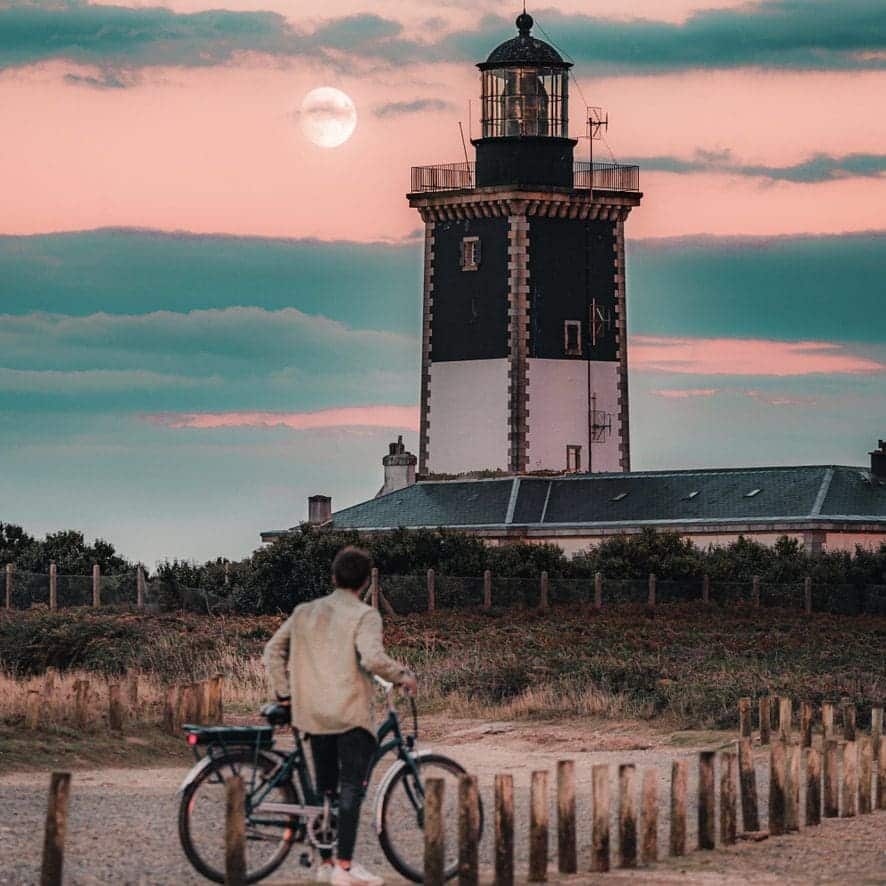

Take an island cruise
While it’s possible to visit Île de Groix in a day, there is so much to see and do that it is well worth a longer detour. Ferries depart regularly from the port of Lorient between April and September for the 45-minute crossing. If you do make time to explore the singular ambiance of this regional jewel, a rented bicycle is by far your best option. The beaches of Groix are nothing short of miraculous in their beauty, and you are guaranteed to be charmed by its lighthouses and the many colorful cottages that dot its winding roads.
Another island not to be missed is Belle-Île-en-Mer, reachable by boat year-round from the port of Quiberon (50 minutes), or from Vannes, Port Navalo, Le Croisic and La Turballe between April and September. The largest of an island chain called the Pontant, Belle-Île (“beautiful island”) boasts a number of impressive sites, including Vauban’s Citadel, the needle rock formations of Port-Coton (immortalized by Monet) and the nearby lighthouse at Goulphar.
Explore the rich history of Port-Louis
Situated at the mouth of the Blavet river, which flows into the Bay of Lorient, Port-Louis was a major hub of commerce for the region during the 16th and 17th centuries. Coveted by the Spanish and the French, it changed hands several times. It was Louis XIII who finally decided to fortify the site, surrounding the harbor with massive stone walls and guard towers. Port-Louis eventually became the base of the French trading company, La Compagnie des Indes. It was also briefly a jail, whose most famous prisoner was Louis Napoléon Bonaparte – nephew of the emperor Napoléon I – after he led a failed coup d’état in 1836.
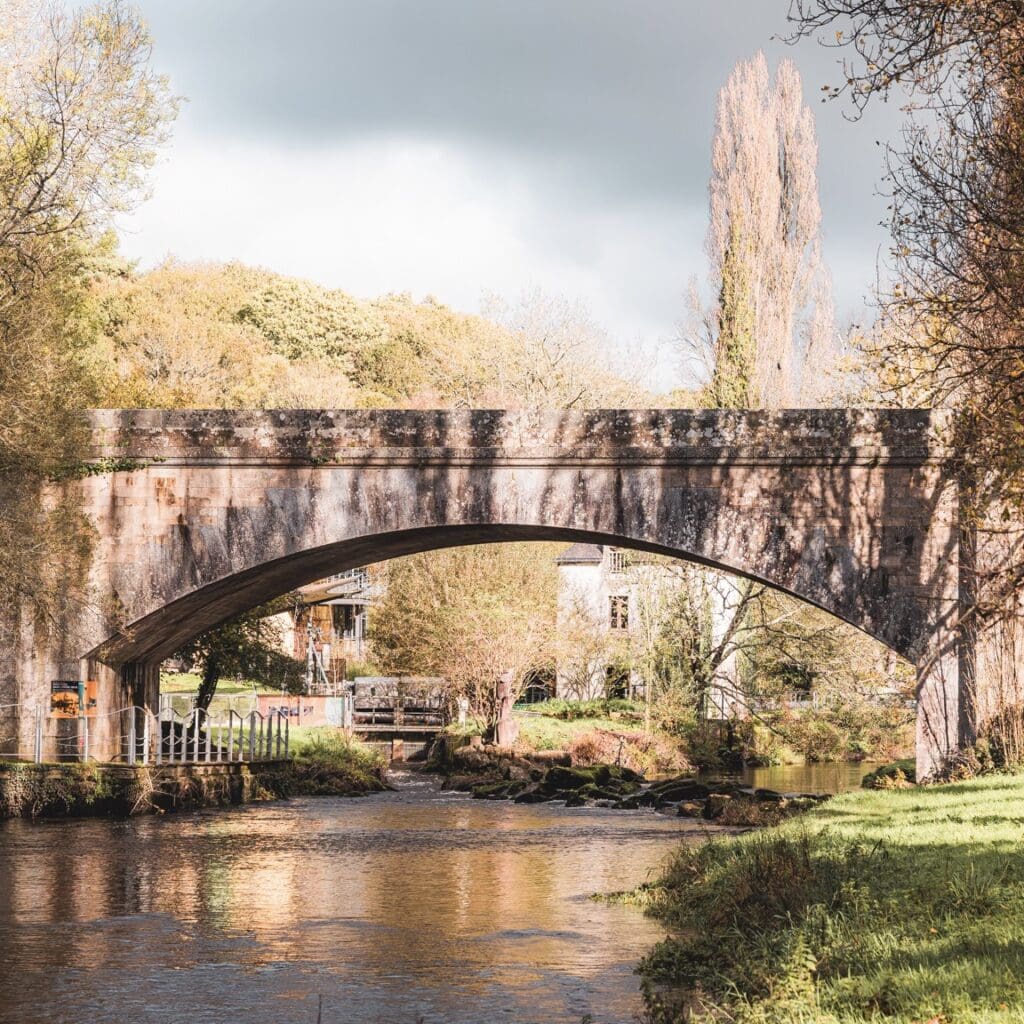
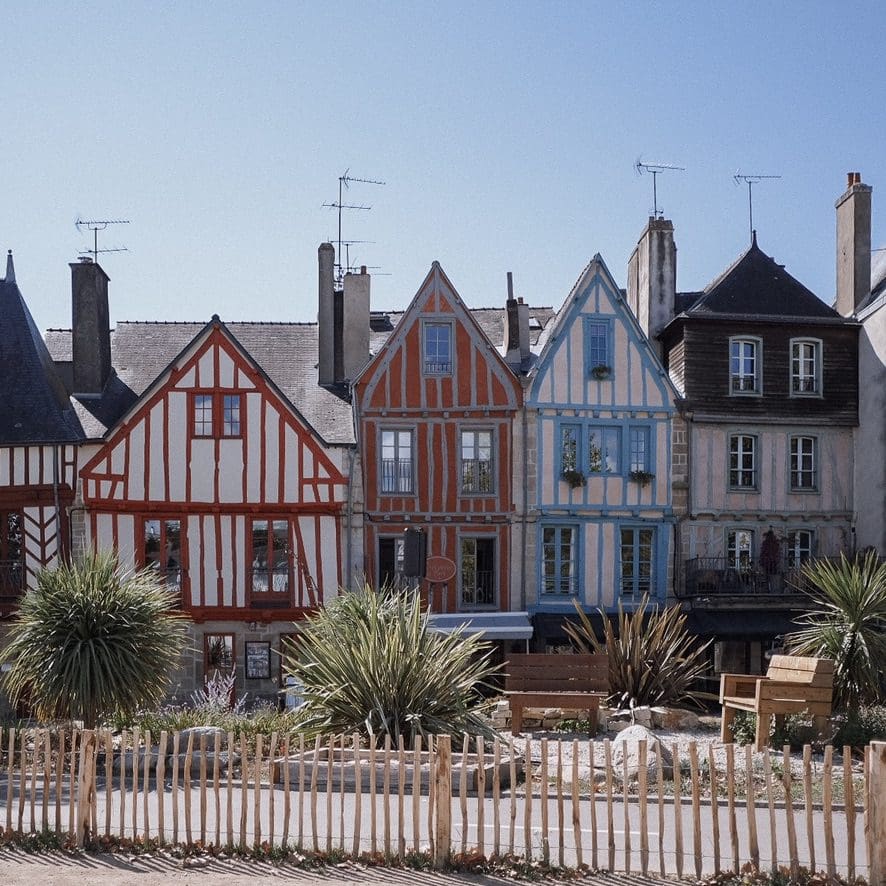
Visit the galleries and artisans of Pont-Scorff
A trip to the village of Pont-Scorff will give you a taste of the calm of inland life as you stroll through its bucolic streets that branch out from the central market square, Place de la Maison des Princes. The village is home to a vibrant community of artists, including painters, sculptors, potters and jewelers. Nature lovers will be happy to discover the many walking and cycling trails that surround Pont-Scorff, while gourmands will find plenty of options for a delicious meal.
Travel back to the Middle Ages in Vannes
Penetrating the imposing walls of this ancient town feels like entering a time machine. It’s unique architecture and historic sites have been impeccably preserved, making a stroll along its picturesque streets a true pleasure. With its many museums, galleries and inviting boutiques, Vannes has more than earned its designation as a Ville d’Art et d’Histoire from the Ministry of Culture. Take your time to explore the medieval ramparts, the cathedral and the esplanade by the old port.

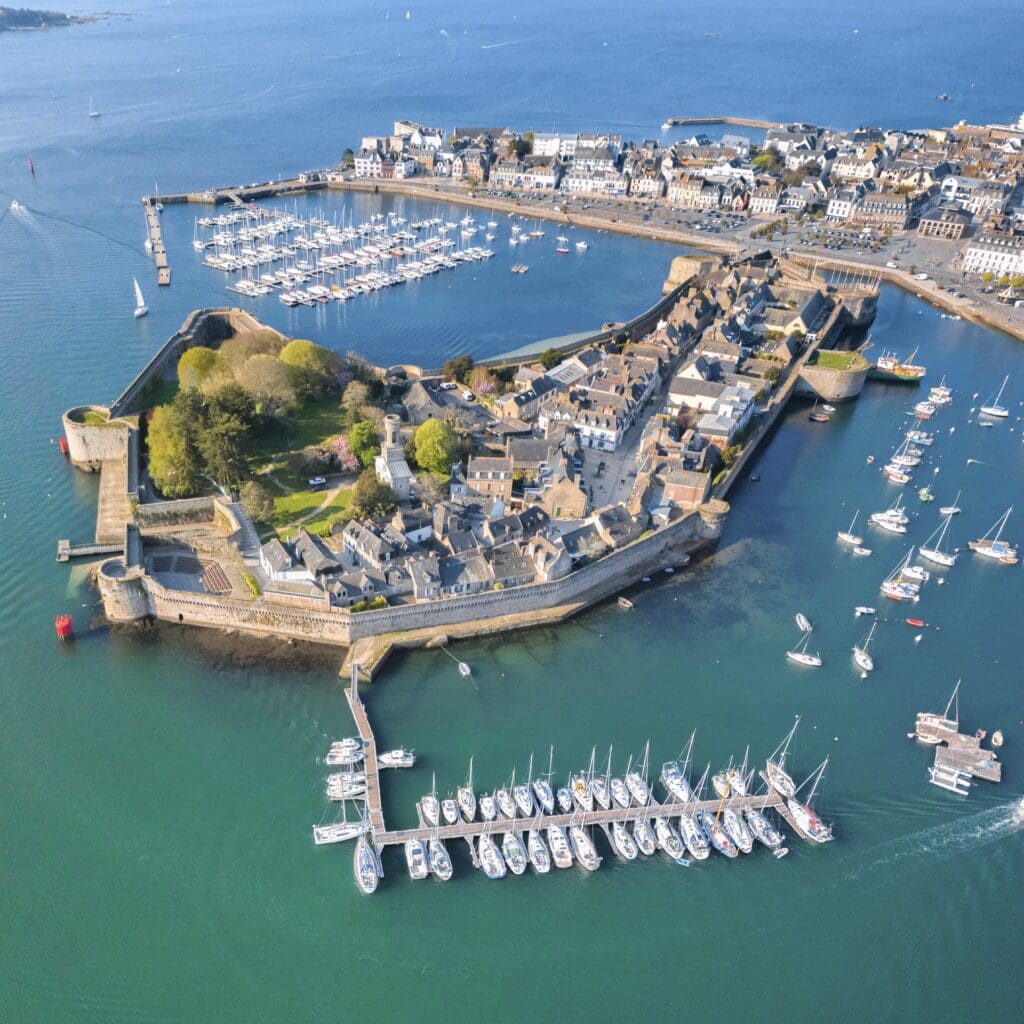
Walk in Gaugin’s footsteps at Pont-Aven
Arriving in Pont-Aven can feel like walking into a painting – for good reason. This quant village nestled alongside a quiet harbor continues to attract artists from all over with its extraordinary light and charming, colorful streets. In the latter half of the 19th century, it became a base for a colony of impressionist painters, including Paul Gaugin, who spent a couple of years here. A walking trail from the center of town passes through lush forests and pastures to a 15th century tidal mill and estuary that attracts migrating birds. Explore the nearby villages of thatched houses of Kerascoët and Kercanic to discover the picturesque and typical Breton chaumières – stone cottages with thatched roofs.
Discover the medieval citadel of Concarneau
The seaside fortress at the center of Concarneau, which first appeared on maps from the 11th century, is known as the Ville Close (closed city). Once an important military stronghold, it is accessible by a small ferryboat that departs from the Passage, the former fishing district. In later eras, wealthy fishermen developed the town on the mainland, constructing grand villas and hotels along the shore. Concarneau eventually became a fashionable vacation destination at the end of the 19th century. More recently, its emerging restaurant scene has started to attract food lovers from all over France and beyond.
Where To Stay
Château de Locguénolé
Route de Port-Louis, 56700 Kervignac
Just 20 minutes from downtown Lorient, this regal 19th century hotel and spa is part of a vast 250-acre woodland park and rose gardens. The site is named after Saint Guénolé, a 5th century monk who, according to legend, built an ice bridge across the sea inlet to escape the devil and then settled on the hill where the château now stands. After a two-year restoration, the hotel, along with its Michelin-starred restaurant, reopens in Spring 2023.
Hôtel de la Marine
7 rue du Général de Gaulle, 56590 Groix
This iconic Art Deco hotel is an institution on the Île de Groix, making it the ideal address to enjoy this stunning island in comfort and style. Its sleek nautical-themed interiors include wall-sized reproductions of hand-drawn ocean maps in homage to the shipbuilder who originally built the place in 1890. After a day of exploring, bask in the view from its 12 ocean-facing rooms or take in the sunset while enjoying a dip in the beachside pool.
Maison de la Garenne
2 rue Sébastien de Rosmadec, 56000 Vannes
Just steps away from the medieval center of Vannes is a charming Belle-Époque mansion at the end of a private cobblestone lane. Christine Goursolas grew up in this house and, after many years traveling the world, returned to Vannes and converted it into a luxury bed and breakfast. Each room, decorated with family heirlooms and curios from her travels, overlooks the surrounding gardens, making for an unforgettable stay.
La Passerelle de Pont-Aven
17 Rue Auguste Brizeux, 29930 Pont-Aven
On the banks of the Aven river next to an old water mill, this hotel embodies the romance of the region. Your host, Yves, met his sweetheart in Pont-Aven and has been wedded to the place ever since! Each of La Passerelle’s five rooms – named after Yves’ nieces – is bathed in the ethereal light that drew Paul Gaugin and other impressionists here. Situated at the heart of the village and its quaint harbor, it is ideal for exploring the “village of painters” on foot.
Kerbeleg
Lieu-dit Kerbélégou, 29340 Riec-sur-Bélon
Treat yourself to a stay in an authentic Breton longère, or longhouse! Kerbeleg dates to the 15th century and sits within a 5-acre park, just a short drive from Pont-Aven. In addition to the four large rooms in the main house, there is also a stand-alone cottage that once housed the village bakery. The port village of Bélon as well as several inviting beaches and coastal paths are also within easy reach of this unique bed & breakfast, and your hosts Fabien and Véréna will be delighted to introduce you to the rich history and natural wonders of the area.
Le Petit Hôtel des Hortensias
4 Place Yvonne Sarcey, 56470 La Trinité-sur-Mer
This address near the tip of the Quiberon peninsula brims with charm and character. Its six spacious rooms, elegant sitting room and library were once the private home of a long-distance sea captain. Linger over your breakfast overlooking the hydrangea-filled back garden (for which the hotel is named) or feast on succulent local seafood on the terrace overlooking the marina.
Where To Eat
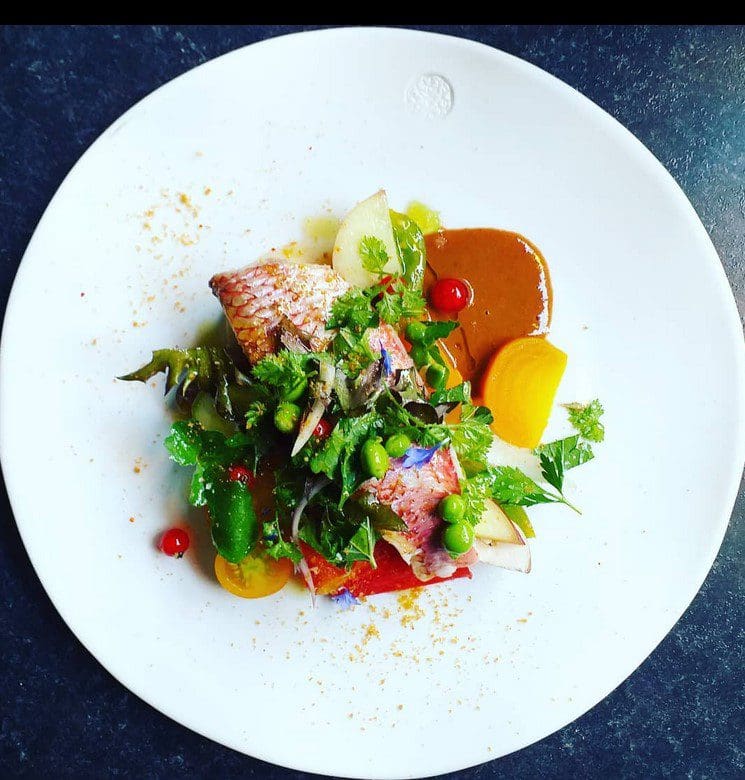
Empreinte
15 place Valencia, 56000 Vannes
Savor some of the delicious bounty that Brittany has to offer in the heart of the historic district. Empreinte’s gifted chefs take their inspiration from their surroundings, whipping up delicious and creative twists on classic regional dishes, with ingredients sourced exclusively from local producers or the central market in the nearby Place des Lices.
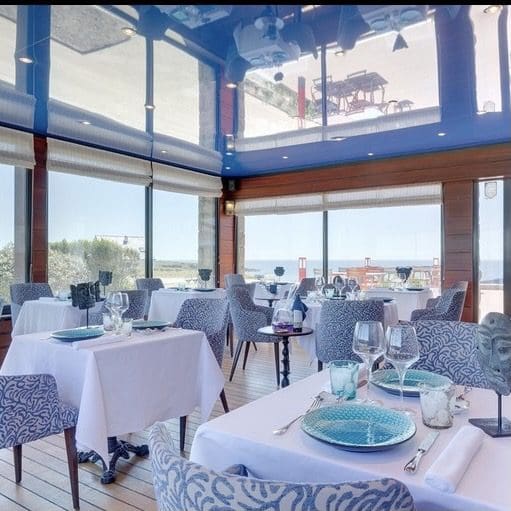
Hôtel de la Marine
7 rue du Général de Gaulle, 56590 Groix
This iconic Art Deco hotel is an institution on the Île de Groix, making it the ideal address to enjoy this stunning island in comfort and style. Its sleek nautical-themed interiors include wall-sized reproductions of hand-drawn ocean maps in homage to the shipbuilder who originally built the place in 1890. After a day of exploring, bask in the view from its 12 ocean-facing rooms or take in the sunset while enjoying a dip in the beachside pool.
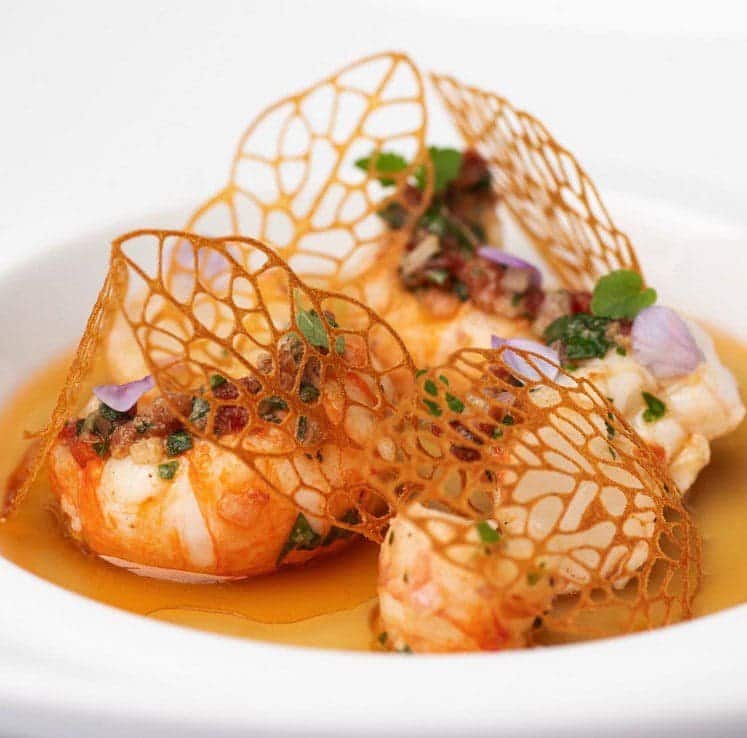
Moulin de Rosmadec
Venelle de Rosmadec, 29930 Pont-Aven
The Moulin de Rosmadec has the distinction of being the first restaurant in Finistère to be awarded a Michelin star, back in 1993. Local delicacies – including spider crabs, lobster and Plougastel strawberries – bathed in delicate sauces and subtle seasonings, get the star treatment here. Be sure to request a riverside table on the magical terrace!

Le Calypso
158, rue du Pô, 56340 Carnac
Inside this typical fisherman’s house tucked behind an oyster bed is a renowned eatery that specializes in grilled fish and seafood. The chefs will cheerfully prepare your fresh turbot, sole, lobster (or your favorite cut of meat) before your eyes in the grand stone fireplace, while owner Alexandru Carausu engages with his guests – regulars and visitors alike. Alexandru knows the region like the back of his hand and can also advise you about local events and points of interests.

Le Flaveur
4 rue Duquesne, 29900 Concarneau
This restaurant is hidden down an alley behind the marina. Chef Cédric Rivière’s kitchen takes pride in using only ultra-fresh, local ingredients: seafood, of course, but also Breton pork, Bruyère Blanche poultry, as well as free-range eggs and excellent homemade breads made from sarrasin, the buckwheat flour used widely in this region. The service is discrete and personalized and the wine list pleasantly inspired.
